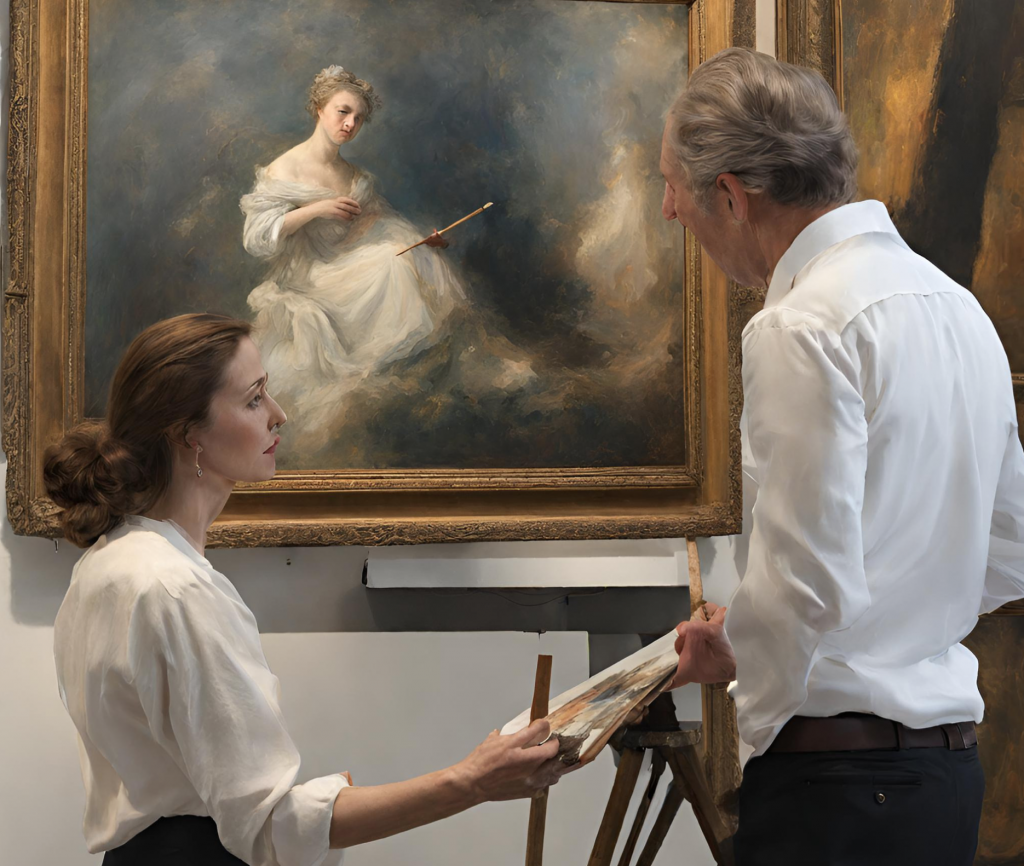
To accurately assess the worth of an object, whether for a formal appraisal or estimating its value at auction, several critical factors must be taken into consideration. The key determinants of value include provenance, rarity, condition, quality, and current fashion or market trends. While no single factor alone dictates an object’s value, there are instances where a particular aspect carries more weight. The more esteemed and coveted each factor is within a specific market, the higher the perceived value of the object.

Provenance refers to the documented history of an item, encompassing the people, places, exhibitions, and sales associated with it throughout its existence. An object’s connection to a notable person or collector can significantly enhance its desirability and, consequently, its value. Noteworthy examples include auctions of personal belongings from iconic figures such as the Kennedys, Marilyn Monroe, or Martin Luther King, where the historical significance often surpasses the inherent value of the objects.
Rarity is a compelling factor that can elevate an object’s price, as seen with the sought-after “Inverted Jenny” stamp, where a printing error resulted in only 100 surviving stamps. The scarcity of an item, however, can also pose limitations, especially if it is the sole example in the world, making it challenging to establish a market value.
Condition plays a pivotal role in determining an object’s value. Whether assessing stamps, coins, art, or antiques, the state of preservation, damage, and restoration efforts significantly impact desirability. A well-maintained item, free from wear or damage, generally commands higher value, while restoration, if done skillfully, can enhance an object’s market appeal.

Quality, inherent in the craftsmanship, production methods, and artisan skill, is another crucial factor influencing an object’s long-term value. Items of superior quality tend to appreciate or retain value more effectively, with the best workmanship, production techniques, and skilled artisans contributing to the highest quality objects.
Fashion and market trends reflect the dynamic nature of collectors’ tastes, influencing the perceived value of objects. However, collectors should exercise caution not to be overly swayed by short-term trends, as market values can experience fluctuations based on changing attitudes and styles.
While economic trends impact the art and collectibles market, certain segments, like the rare coin market, have demonstrated resilience. Access to information through online databases has democratized market knowledge, allowing individuals to track sales and market prices for various objects. The art of appraising involves skillfully weighing the discussed value aspects to determine where a particular item fits into the hierarchy of value.

In exceptional cases, a convergence of rarity, condition, provenance, and quality during a trendsetting moment can result in extraordinary prices. Examples include the sale of a silver dollar (1804 Class I Original) for over $3.7 million, a crystal egg (Imperial Fabergé) for $20 million, and a painting (Jackson Pollock’s No. 5) reportedly fetching $140 million—a testament to the ‘perfect storm’ of value.


